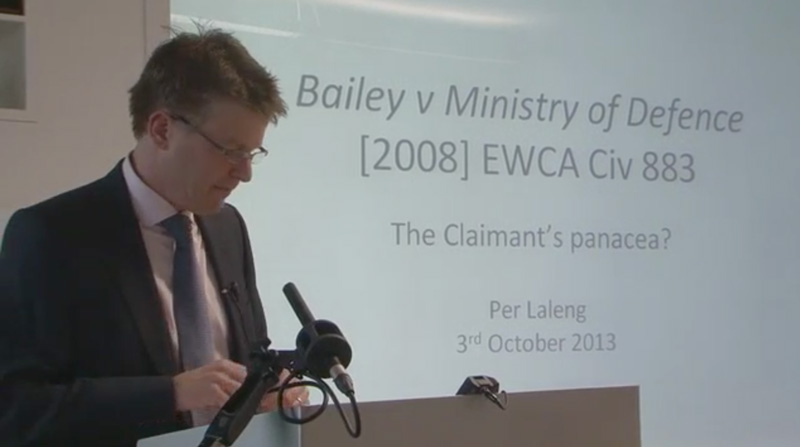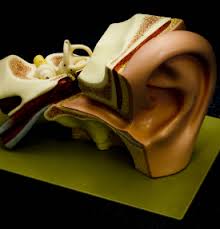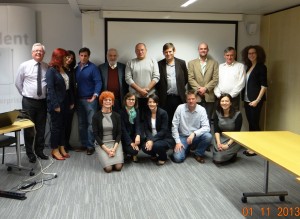Getting to the heart of it
[fusion_builder_container hundred_percent=”yes” overflow=”visible”][fusion_builder_row][fusion_builder_column type=”1_1″ background_position=”left top” background_color=”” border_size=”” border_color=”” border_style=”solid” spacing=”yes” background_image=”” background_repeat=”no-repeat” padding=”” margin_top=”0px” margin_bottom=”0px” class=”” id=”” animation_type=”” animation_speed=”0.3″ animation_direction=”left” hide_on_mobile=”no” center_content=”no” min_height=”none”][fusion_vimeo id=”79135477″ width=”767″ height=”450″ autoplay=”yes” api_params=”” class=””][fusion_separator style_type=”none” top_margin=”20px” bottom_margin=”20px” sep_color=”#dbdbdb” border_size=”1px” icon=”fa-play” icon_circle=”yes” icon_circle_color=”” width=”” alignment=”center” class=”” id=””/][/fusion_builder_column][fusion_builder_column type=”2_3″ last=”no” spacing=”yes” center_content=”no” hide_on_mobile=”no” background_color=”” background_image=”” background_repeat=”no-repeat” background_position=”left top” hover_type=”none” link=”” border_position=”all” border_size=”0px” border_color=”” border_style=”” padding=”” margin_top=”” margin_bottom=”” animation_type=”” animation_direction=”” animation_speed=”0.1″ animation_offset=”” class=”” id=””][fusion_title size=”3″ content_align=”left” style_type=”default” sep_color=”” margin_top=”” margin_bottom=”20px” class=”” id=””]About this Webinar[/fusion_title][fusion_text]A webinar exploring legal and technical issues surrounding causation and coronary artery disease.
The content is split into three parts. The first part is a presentation by Per Laleng, an academic at the University of Kent, on the law of causation with particular reference to the application of Bailey v MoD.
The second part involves a presentation by Professor Kevin Channer on coronary artery disease and is followed by an interactive session where Professor Channer and Dr Stephen Saltissi provide evidence on a ‘hot-tubbing’ basis. The evidence explores causation in a fatal claim involving an alleged case of death caused by coronary artery disease. The trial provides a platform for analysis and discussion of both legal and technical issues in clinical negligence cases generally, and cardiac cases specifically.
Participants:
- Charles Feeny, St Johns Buildings Chambers
- Wendy J Owen, St Johns Buildings Chambers
- Rebecca Sutton, St Johns Buildings Chambers
- Per Laleng, Lecturer in Law at the University of Kent
- Prof. Kevin Channer, Consultant Cardiologist
- Dr Stephen Saltissi, Consultant Cardiologist
We are grateful to Charles Austin for his help in writing the content of this webinar.
CPD points: 1.5 (SRA accreditation only).[/fusion_text][/fusion_builder_column][fusion_builder_column type=”1_3″ last=”yes” spacing=”yes” center_content=”no” hide_on_mobile=”no” background_color=”” background_image=”” background_repeat=”no-repeat” background_position=”left top” hover_type=”none” link=”” border_position=”all” border_size=”0px” border_color=”” border_style=”” padding=”” margin_top=”” margin_bottom=”” animation_type=”” animation_direction=”” animation_speed=”0.1″ animation_offset=”” class=”” id=””][fusion_title size=”3″ content_align=”left” style_type=”default” sep_color=”” margin_top=”” margin_bottom=”20px” class=”” id=””]Supporting Documents[/fusion_title][fusion_button link=”http://pvl.helloplaza.uk/wp-content/uploads/2016/04/Prof-Channer-medical-report.pdf” color=”default” size=”” stretch=”yes” type=”” shape=”” target=”_blank” title=”Download” gradient_colors=”|” gradient_hover_colors=”|” accent_color=”” accent_hover_color=”” bevel_color=”” border_width=”” icon=”fa-folder” icon_position=”left” icon_divider=”yes” modal=”” animation_type=”0″ animation_direction=”left” animation_speed=”1″ animation_offset=”” alignment=”center” class=”” id=””]Prof. Channer Report[/fusion_button][fusion_separator style_type=”none” top_margin=”20px” bottom_margin=”” sep_color=”” border_size=”” icon=”” icon_circle=”” icon_circle_color=”” width=”” alignment=”center” class=”” id=””/][fusion_button link=”http://pvl.helloplaza.uk/wp-content/uploads/2016/04/Dr-Saltissi-medical-report.pdf” color=”default” size=”” stretch=”yes” type=”” shape=”” target=”_blank” title=”Download” gradient_colors=”|” gradient_hover_colors=”|” accent_color=”” accent_hover_color=”” bevel_color=”” border_width=”” icon=”fa-folder” icon_position=”left” icon_divider=”yes” modal=”” animation_type=”0″ animation_direction=”left” animation_speed=”1″ animation_offset=”” alignment=”center” class=”” id=””]Dr Saltissi Report[/fusion_button][fusion_separator style_type=”none” top_margin=”20px” bottom_margin=”” sep_color=”” border_size=”” icon=”” icon_circle=”” icon_circle_color=”” width=”” alignment=”center” class=”” id=””/][fusion_button link=”http://pvl.helloplaza.uk/wp-content/uploads/2016/04/Getting-to-the-heart-of-it-questions-and-CPD-code.pdf” color=”default” size=”” stretch=”yes” type=”” shape=”” target=”_blank” title=”Download” gradient_colors=”|” gradient_hover_colors=”|” accent_color=”” accent_hover_color=”” bevel_color=”” border_width=”” icon=”fa-folder” icon_position=”left” icon_divider=”yes” modal=”” animation_type=”0″ animation_direction=”left” animation_speed=”1″ animation_offset=”” alignment=”center” class=”” id=””]Supporting questions and CPD code[/fusion_button][fusion_separator style_type=”none” top_margin=”20px” bottom_margin=”” sep_color=”” border_size=”” icon=”” icon_circle=”” icon_circle_color=”” width=”” alignment=”center” class=”” id=””/][fusion_button link=”http://pvl.helloplaza.uk/wp-content/uploads/2016/04/Feedback-questions-2.doc” color=”default” size=”” stretch=”yes” type=”” shape=”” target=”_blank” title=”Download” gradient_colors=”|” gradient_hover_colors=”|” accent_color=”” accent_hover_color=”” bevel_color=”” border_width=”” icon=”fa-folder” icon_position=”left” icon_divider=”yes” modal=”” animation_type=”0″ animation_direction=”left” animation_speed=”1″ animation_offset=”” alignment=”center” class=”” id=””]Feedback questionnaire[/fusion_button][fusion_separator style_type=”none” top_margin=”20px” bottom_margin=”” sep_color=”” border_size=”” icon=”” icon_circle=”” icon_circle_color=”” width=”” alignment=”center” class=”” id=””/][fusion_button link=”http://pvl.helloplaza.uk/wp-content/uploads/2016/04/Intro-to-Pers-lecture.pdf” color=”default” size=”” stretch=”yes” type=”” shape=”” target=”_blank” title=”Download” gradient_colors=”|” gradient_hover_colors=”|” accent_color=”” accent_hover_color=”” bevel_color=”” border_width=”” icon=”fa-folder” icon_position=”left” icon_divider=”yes” modal=”” animation_type=”0″ animation_direction=”left” animation_speed=”1″ animation_offset=”” alignment=”center” class=”” id=””]Introduction to Per Laleng’s talk[/fusion_button][/fusion_builder_column][/fusion_builder_row][/fusion_builder_container]




